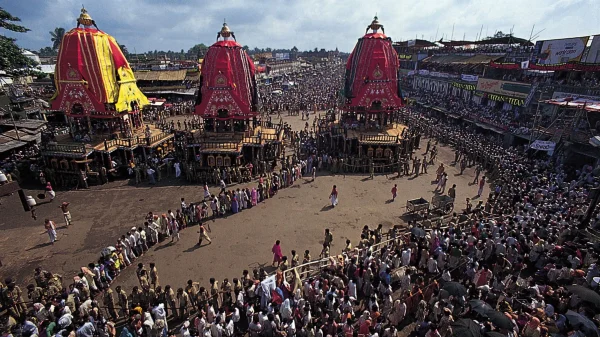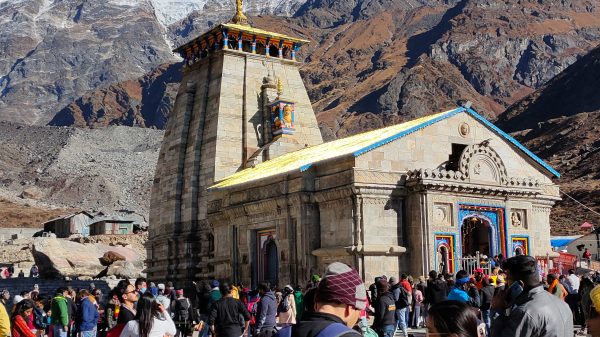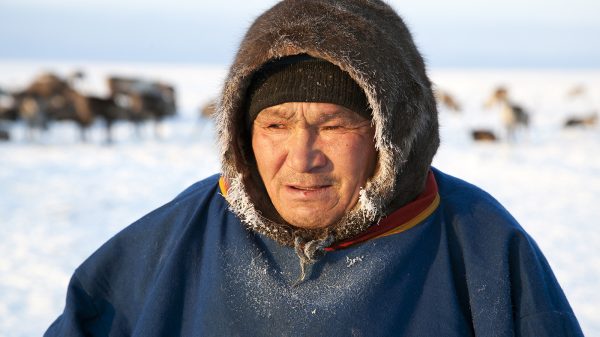The researchers found that Australia is moving toward Asia at a rate about 7 cm per year, while Eurasia (and the Americas) are moving slower toward the Pacific Ocean.

Scientists predict that over the next 200 million to 300,000,000 years, the Arctic Ocean will disappear and the Caribbean Sea will recede, while Asia will collide with the Americas and form a new supercontinent called Amasia.
Researchers from Curtin University in Australia, and Peking University China have found that the Pacific Ocean is steadily but continuously shrinking by about one inch each year. According to them, eventually the Earth’s surface will collapse and the Americas and Asia will combine to create an entirely new continent: Amasia.
“Over the last two billion years, Earth’s continents have merged together to form a supercontinent once every 600 million year, also known as supercontinent cycle. The current continents will reunite in a few hundred million years,” Dr Chuan Huang, the lead author of the study published in the journal National Science Review.
Researchers explain that Earth’s supercontinents were formed in two ways according to researchers: introversion and extrovert. They explained that the former involves closing the oceans within the supercontinent formed by the break-up of its predecessor, while the latter involves closing the superocean outside of it.” According to .

They were able to predict that Amasia will be formed by shrinking the Pacific Ocean, using supercomputers that simulate Earth’s tectonic plates.
“The new supercontinent that will result has been called Amasia by some, as many believe that the Pacific Ocean (as opposed to Indian and Atlantic oceans) will close when America collides. Australia is also expected play a significant role in this important Earth Event, first colliding and then connecting America to Asia once the Pacific Ocean has closed,” Mr Huang said.
According to experts, the supercontinent would form on top of Earth and eventually sink south towards the Equator. Antarctica may remain isolated at its bottom if this happens.
The team explained that Australia is moving toward Asia at a rate about 7 cm per year, while Eurasia or the Americas are moving faster toward the Pacific Ocean.
Researchers predicted that our planet would be dramatically different after the formation of the supercontinent. They said that Earth is currently made up seven continents that have vastly different ecosystems and human cultures. Therefore, it would be interesting to see what the world could look like in 200 million-300 million years.


















